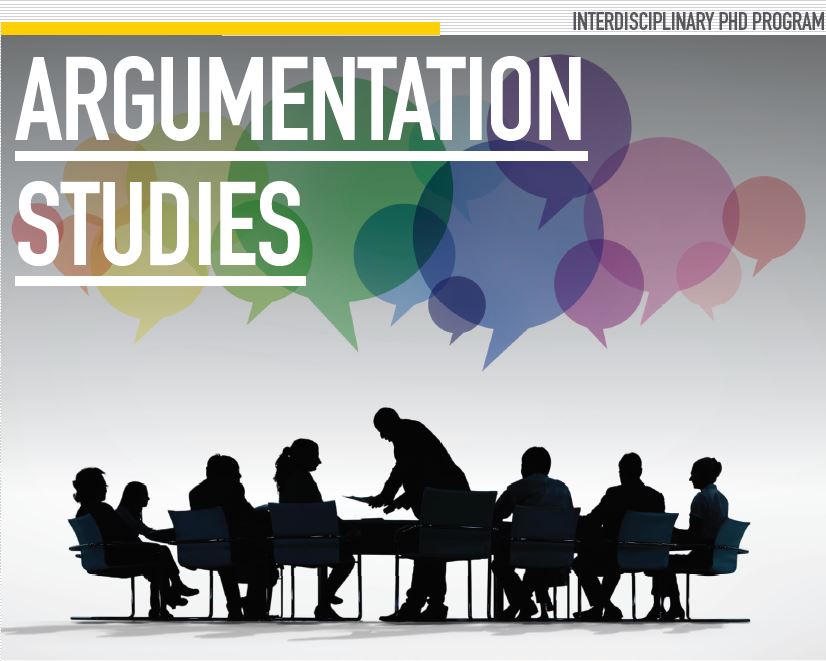Location
McMaster University
Document Type
Paper
Start Date
1-6-2005 9:00 AM
End Date
1-6-2005 5:00 PM
Abstract
Though a segment of feminists have questioned the combative, logical, objective nature of academic writing and presentation, their critique has seldom extended to the most widely used model in composition and communication, Stephen Toulmin’s Informal Model of argument (1958), which terminologically relates to combative, logical and legal terminologies (staking or possessing legal and ‘warranted’ ‘claims’ on ‘data’). Toulmin’s model, however, adapted to a visual rather than legal metaphor, fits well with the less confrontational, more personal and contextual approach espoused by some feminists and many argument theorists. This essay offers an adaptation of Toulmin’s six-part model based in a visual metaphor, adding three more parts: ‘Interrelated Perceptions’ (to partially account for argument complexities; ‘Field Specific Horizons’ (similar to Toulmin’s ‘fields,’ context of evaluation); and ‘Historical/Cultural Horizon,’ (using Gadamer’s, 1989, hermeneutical historical concept to further contextualize arguments. The model then responds to two key feminist and argumentation theorist concerns, replacing the argument-as-war metaphorical mapping of argument relations, and personalizing and contextualizing arguments as to historical, social, and cultural situation.
Creative Commons License

This work is licensed under a Creative Commons Attribution 4.0 International License.
Included in
An Alternate Use of the Uses of Argument: A Feminist/Perceptive Adaptation of the Toulmin Model
McMaster University
Though a segment of feminists have questioned the combative, logical, objective nature of academic writing and presentation, their critique has seldom extended to the most widely used model in composition and communication, Stephen Toulmin’s Informal Model of argument (1958), which terminologically relates to combative, logical and legal terminologies (staking or possessing legal and ‘warranted’ ‘claims’ on ‘data’). Toulmin’s model, however, adapted to a visual rather than legal metaphor, fits well with the less confrontational, more personal and contextual approach espoused by some feminists and many argument theorists. This essay offers an adaptation of Toulmin’s six-part model based in a visual metaphor, adding three more parts: ‘Interrelated Perceptions’ (to partially account for argument complexities; ‘Field Specific Horizons’ (similar to Toulmin’s ‘fields,’ context of evaluation); and ‘Historical/Cultural Horizon,’ (using Gadamer’s, 1989, hermeneutical historical concept to further contextualize arguments. The model then responds to two key feminist and argumentation theorist concerns, replacing the argument-as-war metaphorical mapping of argument relations, and personalizing and contextualizing arguments as to historical, social, and cultural situation.

